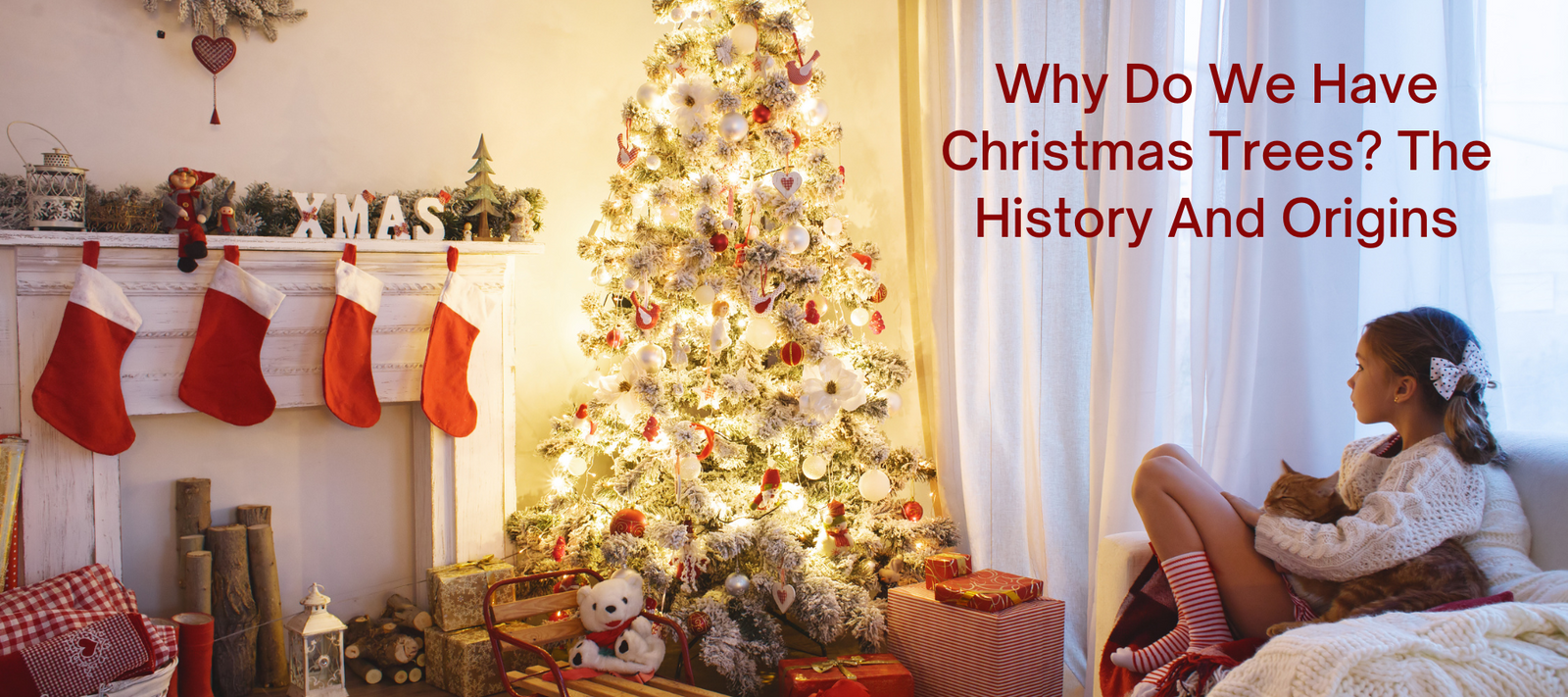
If you think about it, Christmas trees are an odd tradition: Every December, people all over the world travel to the nearest forest, chop down a tree, haul it into their houses, deck it with lights, ornaments, and tinsel—then unceremoniously drag it to the curb in January.
However, evergreen boughs have been used as part of pagan winter solstice festivities since ancient times. It's impossible to say when and where these ancient customs became the Christmas tree as we know it: several places claim to be the birthplace of the Christmas tree, and conflicting myths try to explain what it all signifies. While Christmas trees may be found worldwide, their roots can be traced back to locations with plentiful evergreen woods, particularly those in northern Europe. Here's how the Christmas tree grew into a modern symbol, inspiring new traditions along the way.
Who First Brought A Christmas Tree Into The Home?
Martin Luther, a 16th-century pastor, was one of the first to bring a Christmas tree into his home - and also one of the first to put lights on the tree. According to legend, Martin was observed wandering through the woodland one night before Christmas and looking up to see the brightly glowing stars glittering through the tree branches.
To recreate this image for his family, he erected a tree in his living room and strung its branches with lovely lights.

A Christmas tree for German soldiers in a temporary hospital in 1871
When Did The Christmas Tree First Come To England?
While Queen Victoria and Prince Albert are credited with popularizing Christmas trees in England, the honor really belongs to King George III's wife, Queen Charlotte.
Queen Charlotte set up a yew tree in the center of the drawing room at the Queen's Lodge in Windsor in December 1800 for a massive feast for the children of the rich and nobility. Baubles, fruit, toys, and miniature wax candles were used to decorate the tree. The beautiful sight pleased guests and having a tree became fashionable, but only among wealthy homes in England.
The Christmas tree custom became more potent with each passing year, and by the time Queen Charlotte died in 1818, it had been firmly entrenched.
Prince Albert transported six spruce firs from his hometown Coburg in December 1840. But it wasn't until 1848 when photos of the royal family gathered around the royal Christmas tree were published in an edition of the Illustrated London News, that the practice of exhibiting Christmas trees became popular and widespread throughout England.
Christmas Trees In the United States
Christmas trees were unusual to most nineteenth-century Americans. Answering “where which country started the Christmas tree tradition?”, Germany is the correct answer. The German residents of Pennsylvania were the first to exhibit one in the 1830s, though trees had been a custom in many German households for much longer. Community trees were planted in Pennsylvania German villages as early as 1747. However, as late as the 1840s, Christmas trees were seen as pagan emblems and were not recognized by the majority of Americans.
Like many other merry Christmas rituals, it's hardly surprising that the tree arrived in America late. Christmas was important to the New England Puritans. William Bradford, the pilgrims' second governor, stated that he worked hard to root out the "pagan mockery" of the festival, condemning any frivolity. Oliver Cromwell, the renowned minister, preached against "heathen practices" such as Christmas songs, adorned trees, and any happy expression that desecrated "that hallowed festival." The General Court of Massachusetts adopted legislation in 1659 that made any celebration of December 25 (other than a church service) a criminal violation; citizens were penalized for hanging decorations. That seriousness persisted until the nineteenth century when the influx of German and Irish immigrants eroded the Puritan tradition.
In 1846, the Illustrated London News depicted Queen Victoria and her German Prince, Albert, standing around a Christmas tree with their children. Unlike the previous royal family, Victoria was immensely popular among her subjects, and what happened at court became rapidly fashionable in Britain and fashion-conscious East Coast American society. The Christmas tree had been delivered.

By the 1890s, Christmas decorations were coming from Germany, and the popularity of Christmas trees was growing throughout the United States. Europeans utilized modest trees approximately four feet tall, but Americans like their Christmas trees to extend from floor to ceiling.
Americans decorated their trees mostly with homemade decorations in the early twentieth century, although the German-American faction continued to employ apples, almonds, and marzipan sweets. Popcorn was added to the mix after being colored brilliant colors and mixed with berries and almonds. Christmas lights were made feasible by electricity, allowing Christmas trees to sparkle for days on end. Christmas trees began to sprout in town squares across the country as a result of this, and having a Christmas tree in the home became an American custom.

Christmas tree in Rockefeller Center before sunrise on Dec. 5, 2019, in New York City. Gary Hershorn
How Have Christmas Trees Changed Now?
We still adorn ours with ornaments and string lights, much like the very first Christmas trees. Purchasing a genuine Christmas tree is still a tradition for many families, but there has been an upsurge in the usage of artificial trees, particularly pre-lit Christmas trees, as households choose fuss-free, low-maintenance trees that they can reuse year after year. The popularity of artificial Christmas trees has also resulted in other fads, such as rainbow trees and sunflower trees, as well as a variety of styles to suit diverse interiors, ranging from a winter wonderland-style white flocked Christmas tree to fun pink Christmas trees.
Real Vs. Fake
Nothing beats the uplifting aroma of a genuine Christmas tree to get you in the holiday spirit, and the process of selecting one is just as vital as decorating it. Nordmann Fir is the most famous tree in the United Kingdom. The dark green needles retain their color well, and the sturdy symmetrical branches are ideal for hanging ornaments.

Real Vs. Artificial trees
Artificial trees are viewed as a less eco-friendly option because of the carbon emissions created during manufacturing and the fact that they are built from plastic, which has a high carbon footprint. An artificial Christmas tree must be used for at least ten years before its carbon impact approaches purchasing and burning a real tree yearly for a decade.
Alternative Trees
In recent years, the alternative Christmas tree has indeed come into its own. Eco-friendly wooden Christmas trees and ornamental twig trees (which may also be used all year) are becoming increasingly popular. Some houses are even foregoing trees entirely, opting instead to adorn a houseplant as a Christmas tree.

Eco-friendly wooden Christmas trees
Christmas Trees Around The World
Canada
In the 1700s, German migrants moved to Canada from the United States. They brought many items we associate with Christmas today, such as Advent calendars, gingerbread homes, cookies, and Christmas trees. When Queen Victoria's German husband, Prince Albert, installed a Christmas tree at Windsor Castle in 1848, it became a tradition in England, the United States, and Canada.
Mexico
El Nacimiento is the main Christmas decoration in most Mexican houses (Nativity scene). On the other hand, a decorated Christmas tree may be included within the Nacimiento or set up elsewhere in the home. Because the purchase of a genuine pine is considered a luxury item by most Mexican households, the usual arbolito (little tree) is generally an artificial one, a bare branch cut from a copal tree (Bursera microphylla) or another form of shrub acquired from the countryside.
Great Britain
Norway spruce is the traditional species used to adorn homes in the United Kingdom. Before the last Ice Age, the Norway spruce was a natural species in the British Isles, and it was reintroduced here before the 1500s.
Japan
For the majority of Japanese who celebrate Christmas, it is solely a secular holiday dedicated to their children's love. Small toys, dolls, paper decorations, gold paper fans and lanterns, and wind chimes are used to decorate Christmas trees. In addition, little candles are placed throughout the tree branches. The origami swan is one of the most popular accessories. Thousands of folded paper "birds of peace" were shared by Japanese youngsters with young people worldwide to guarantee that war would never be again.
China
Most Chinese people who celebrate Christmas create artificial trees decorated with spangles, paper chains, flowers, and lanterns. Christmas trees are referred to as "trees of light."
Wrapping Up
And that is the history of the formation and development of the Christmas tree - an indispensable symbol for the holiday season. It has undergone a highly long time of development and has been accompanied by numerous changes for us to become a beautiful tree that decorates and brings a warm atmosphere to every family member.
Hopefully, with the exciting information shared, you have understood more about Christmas trees and appreciate their meaning more when the holiday season comes. From there, you will carefully and beautifully decorate your own tree for everyone to admire. Thanks for reading, and stay tuned for more awesome content!



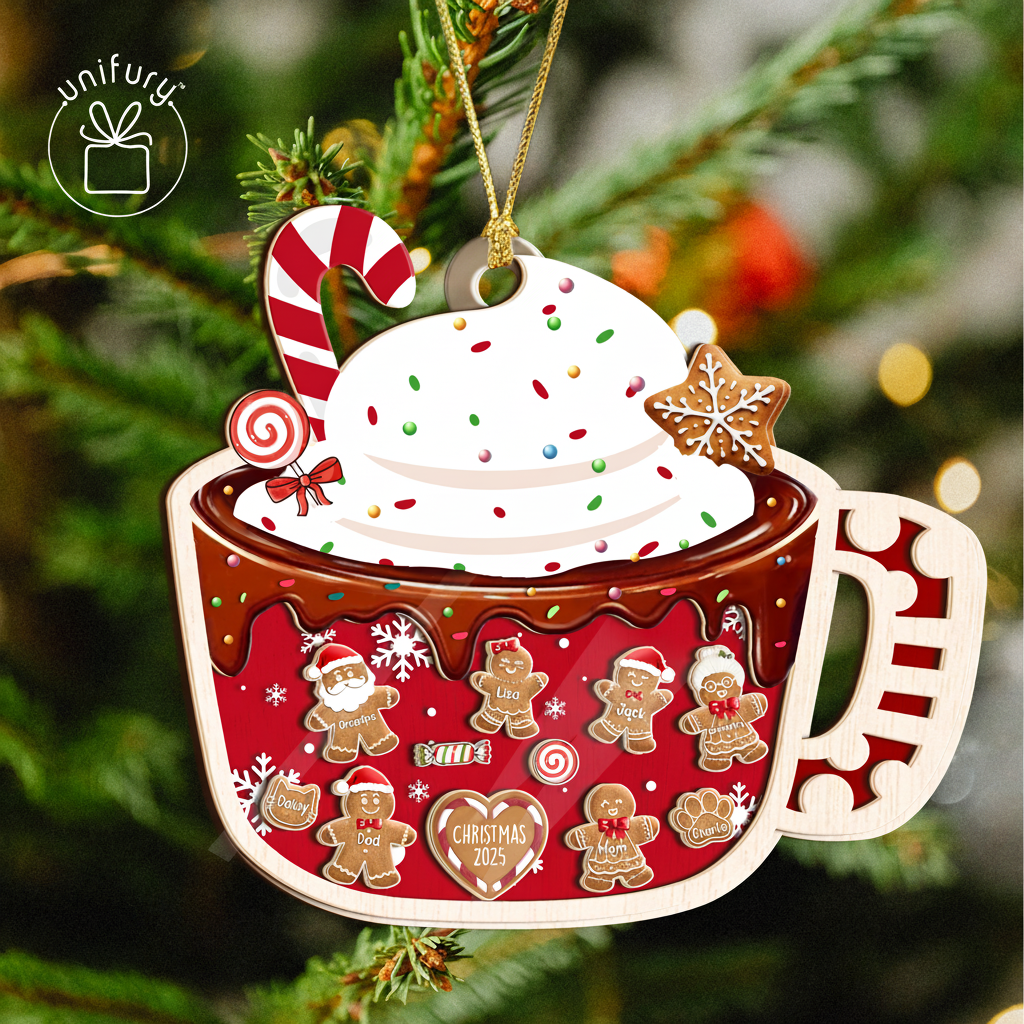


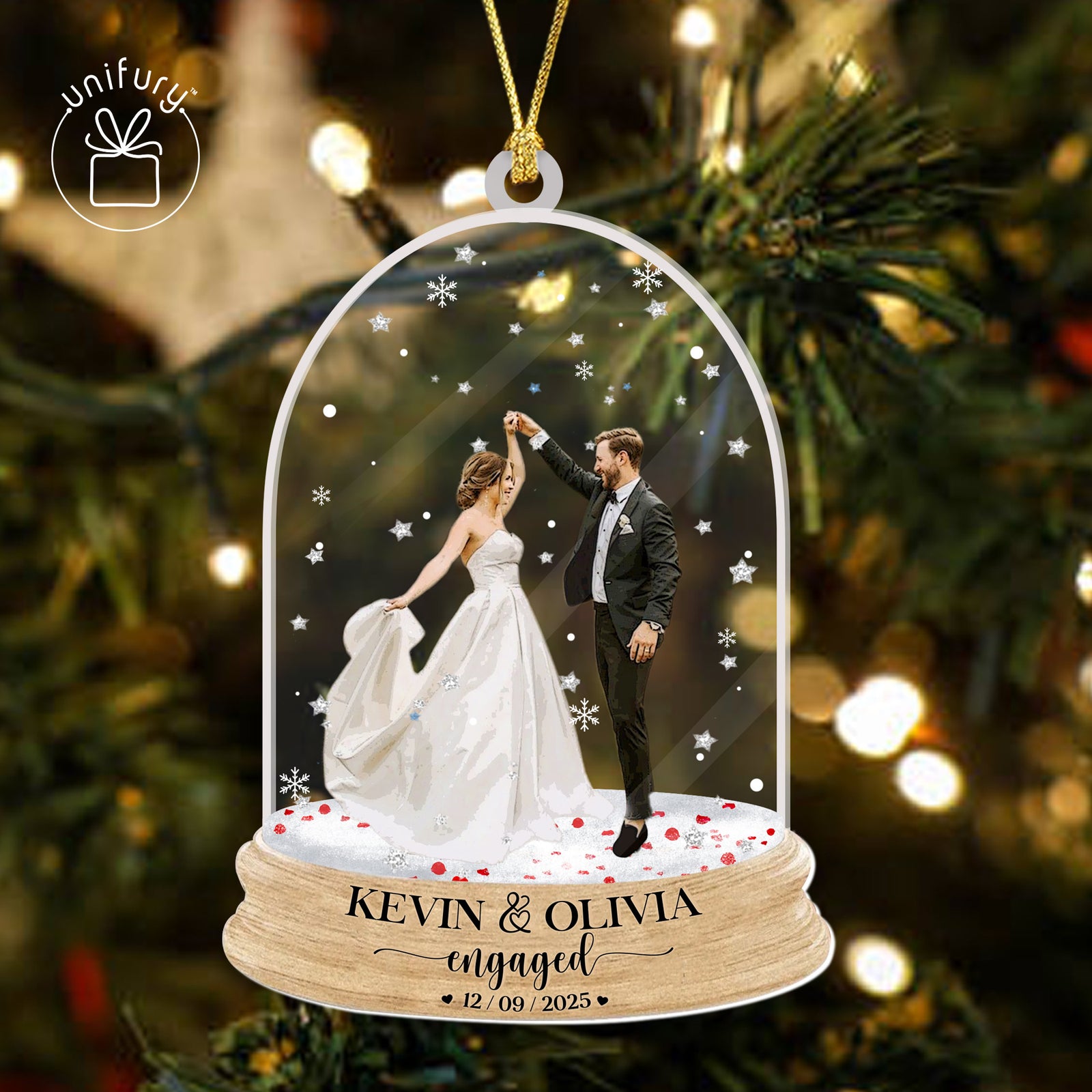
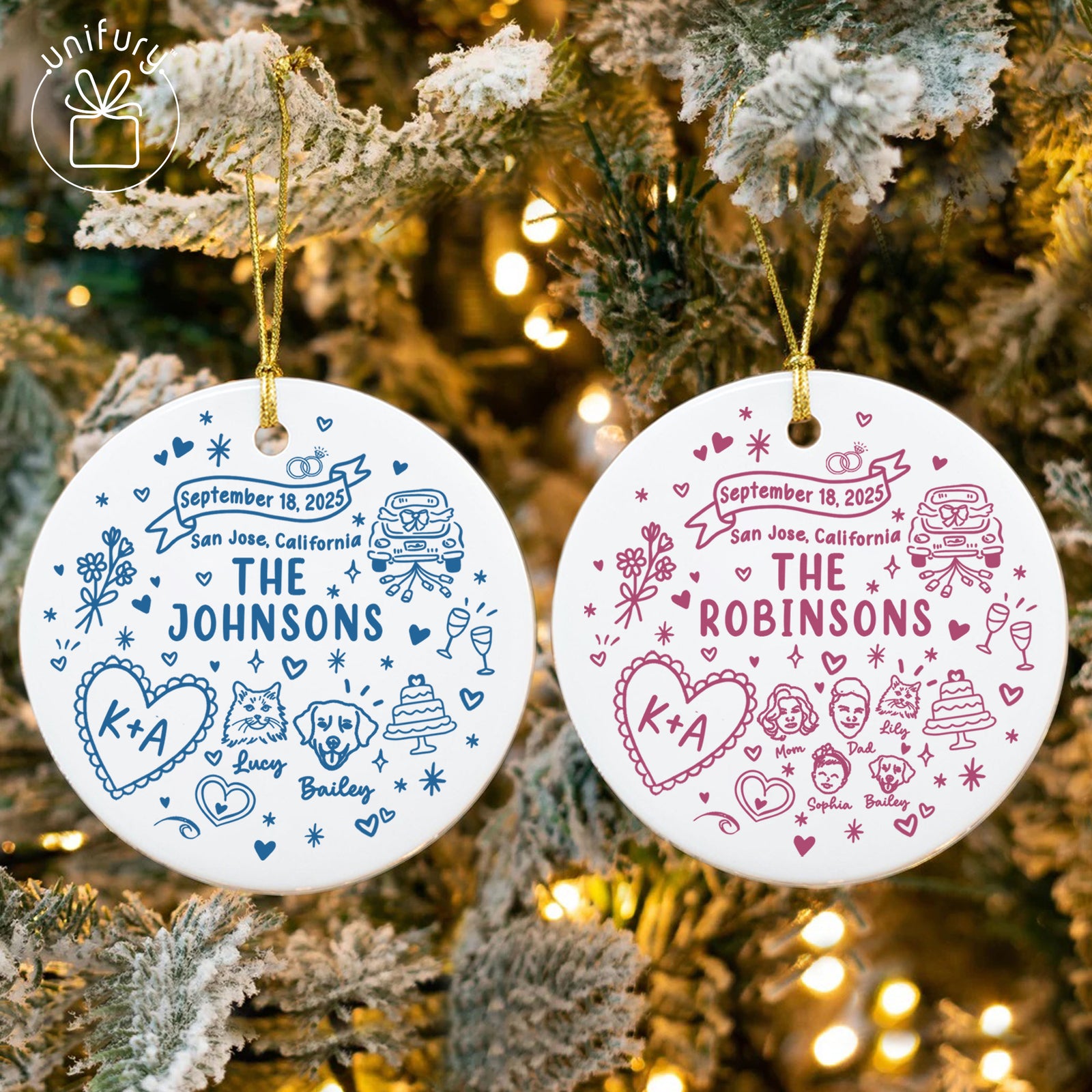
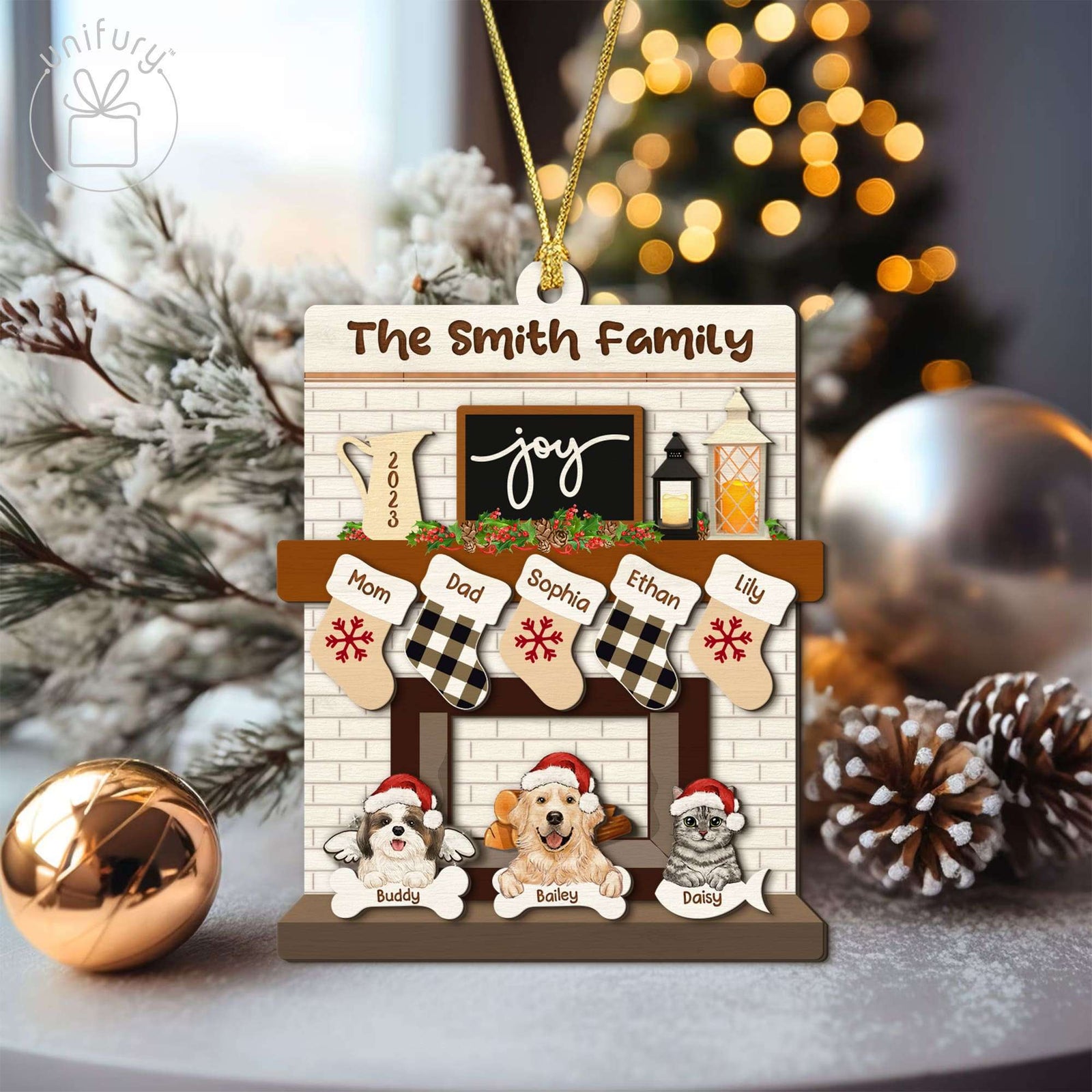
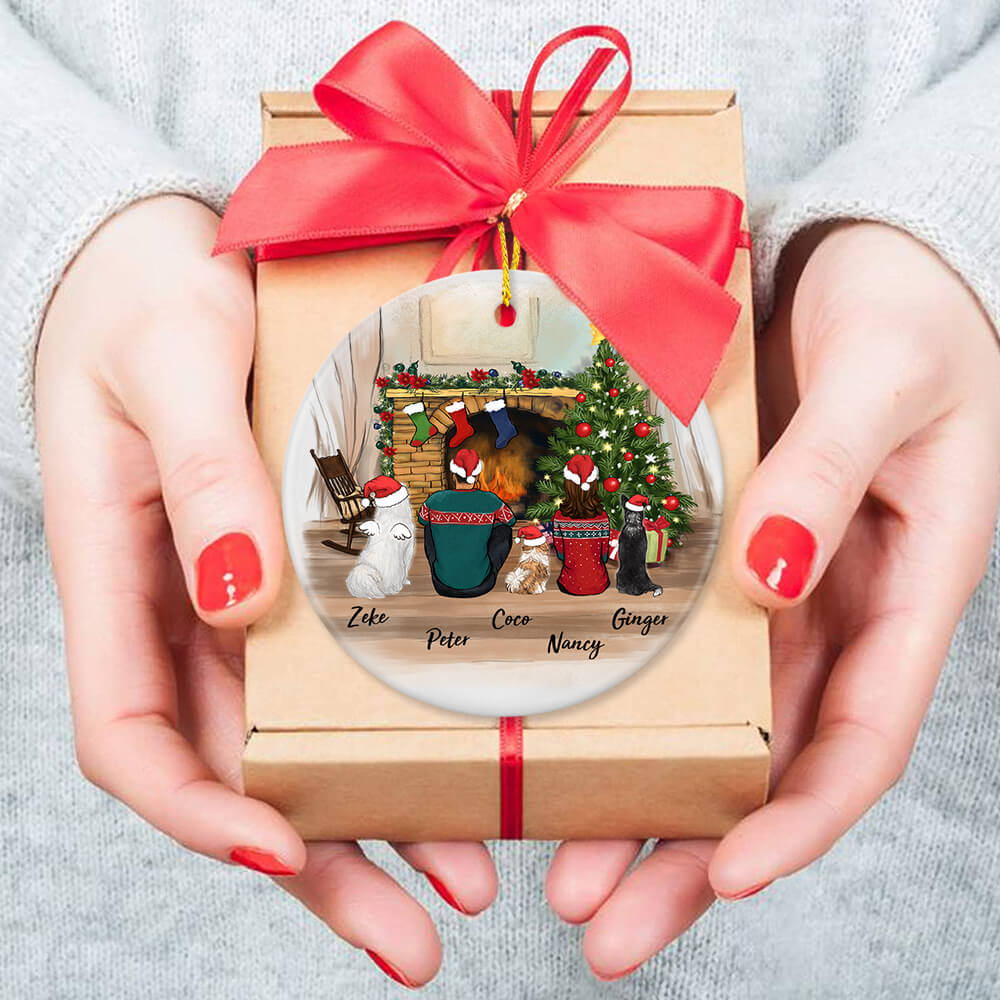

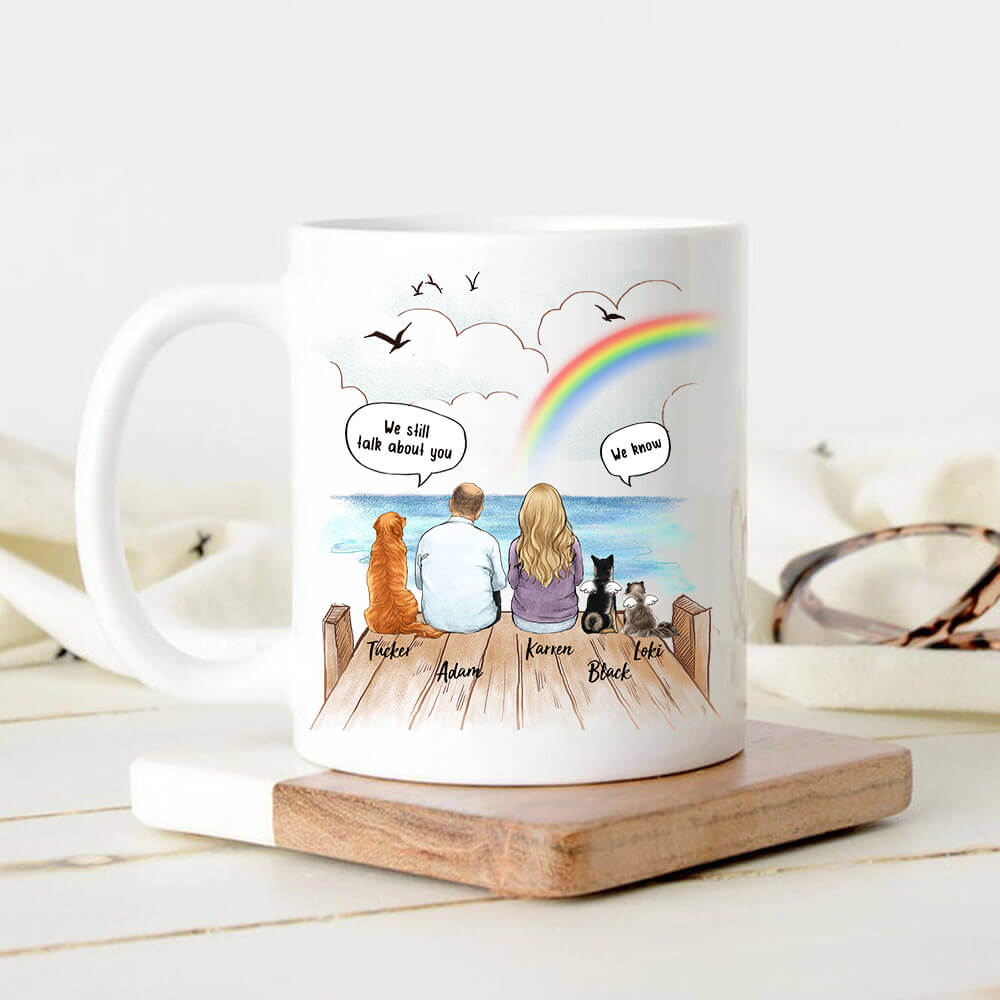
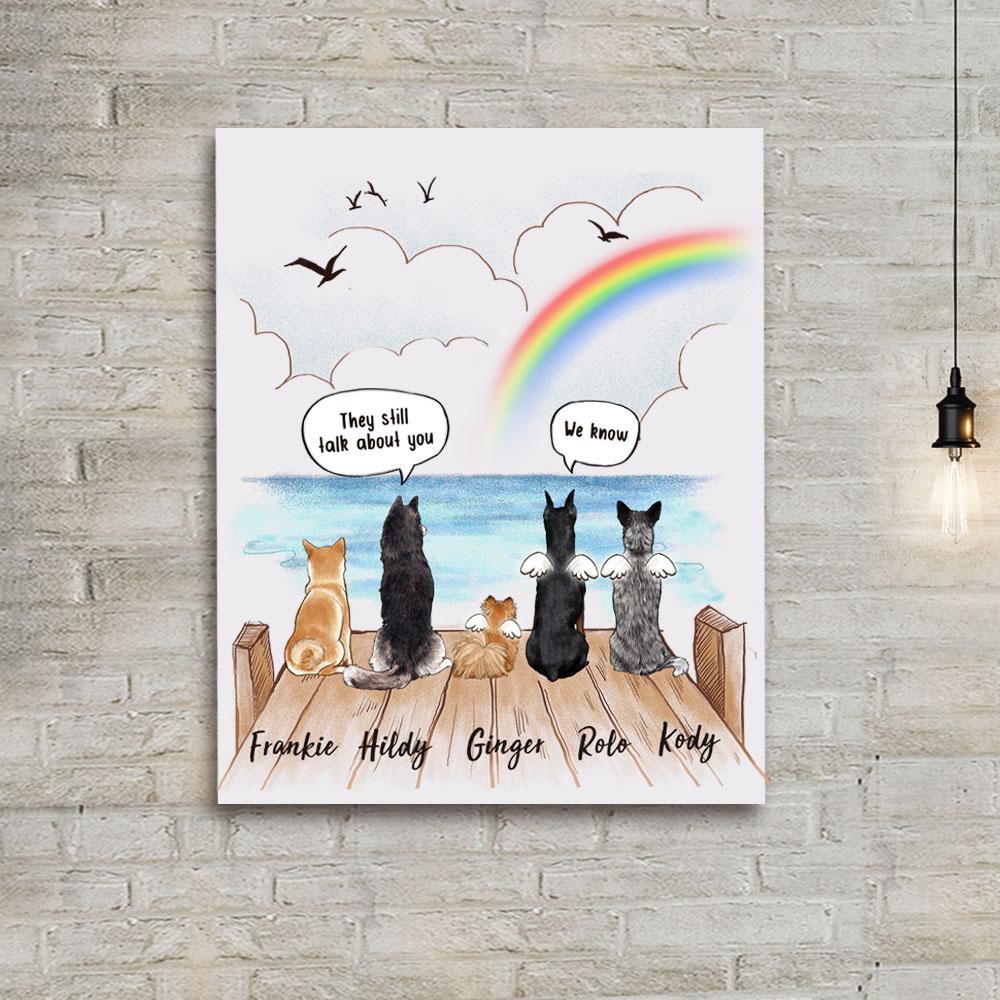

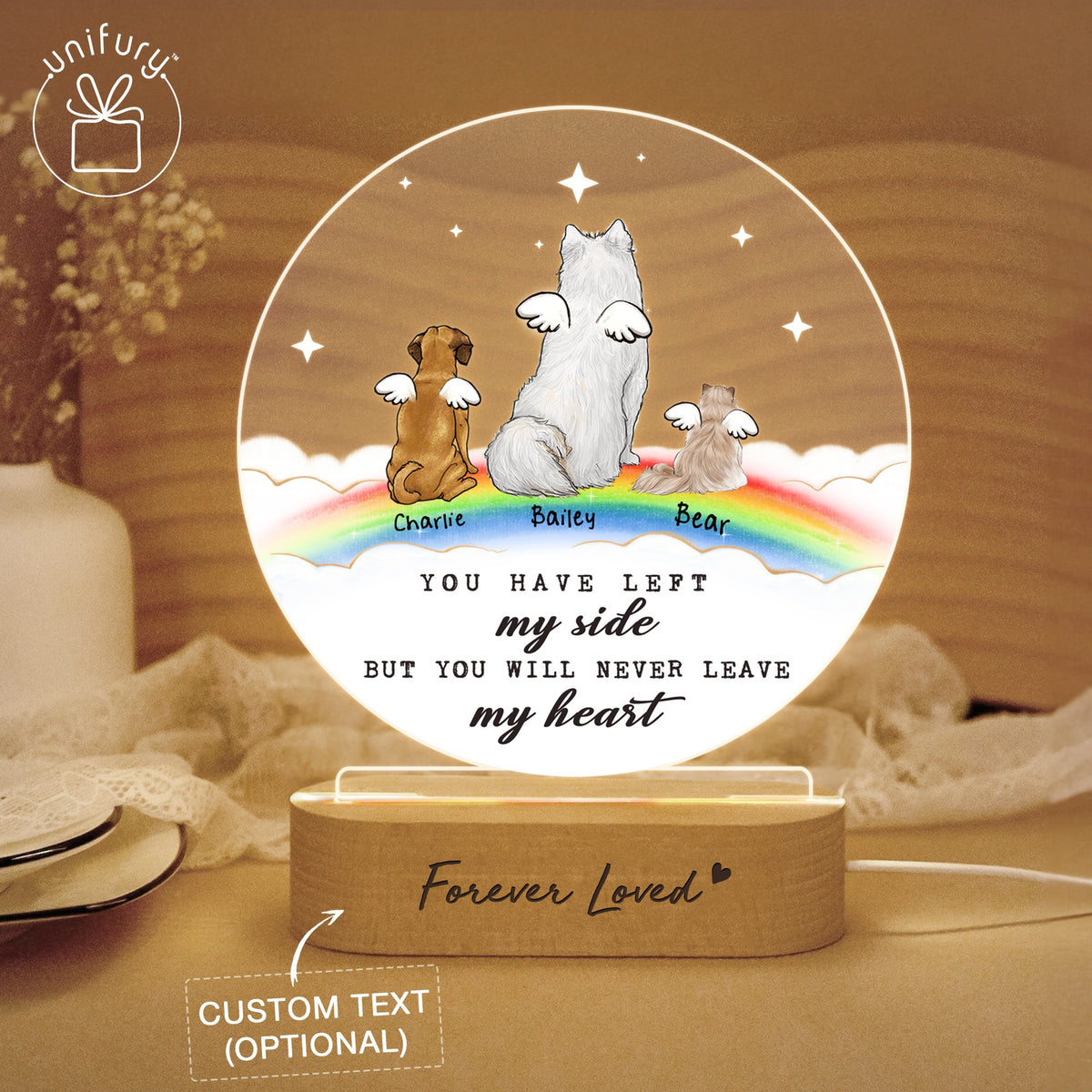



Leave a comment